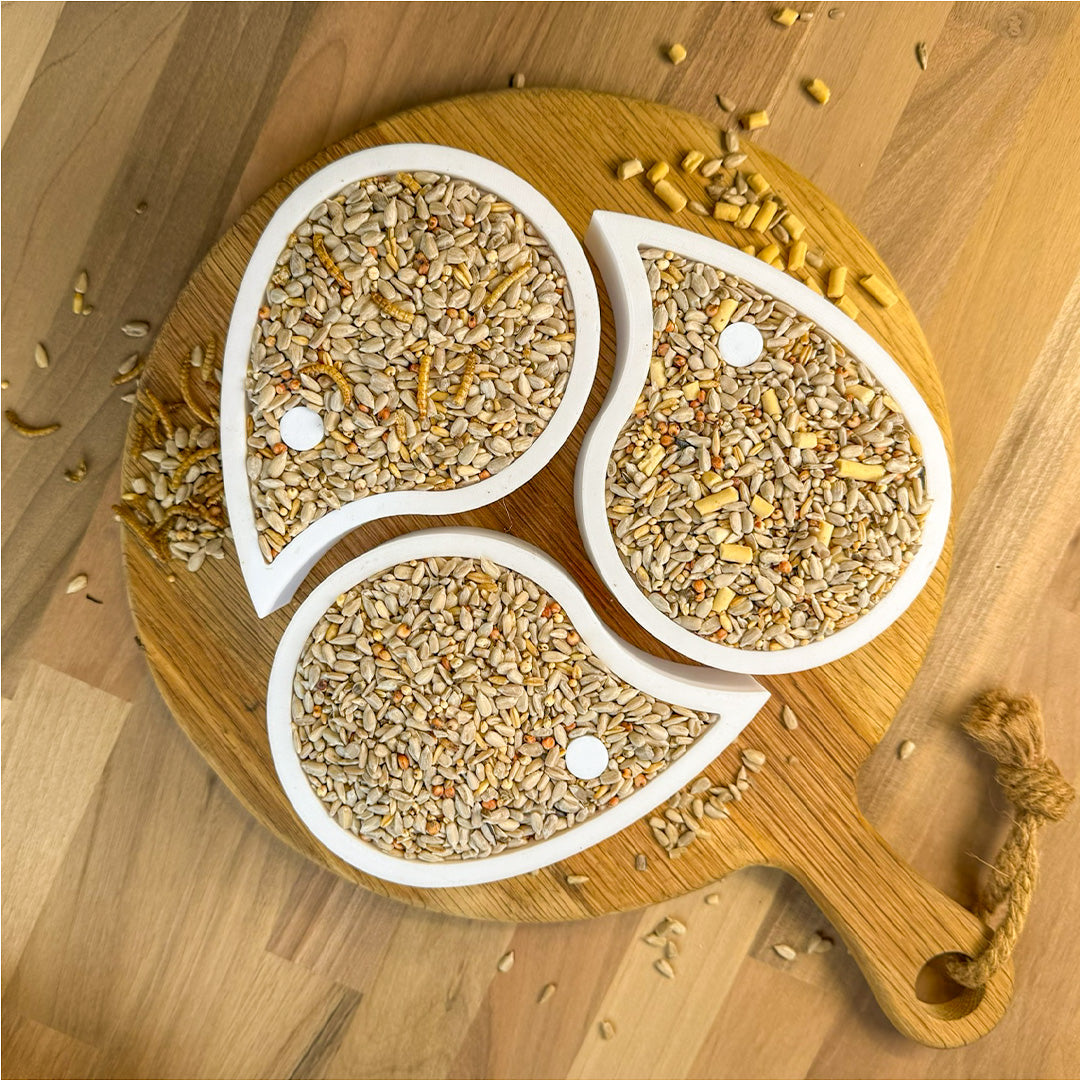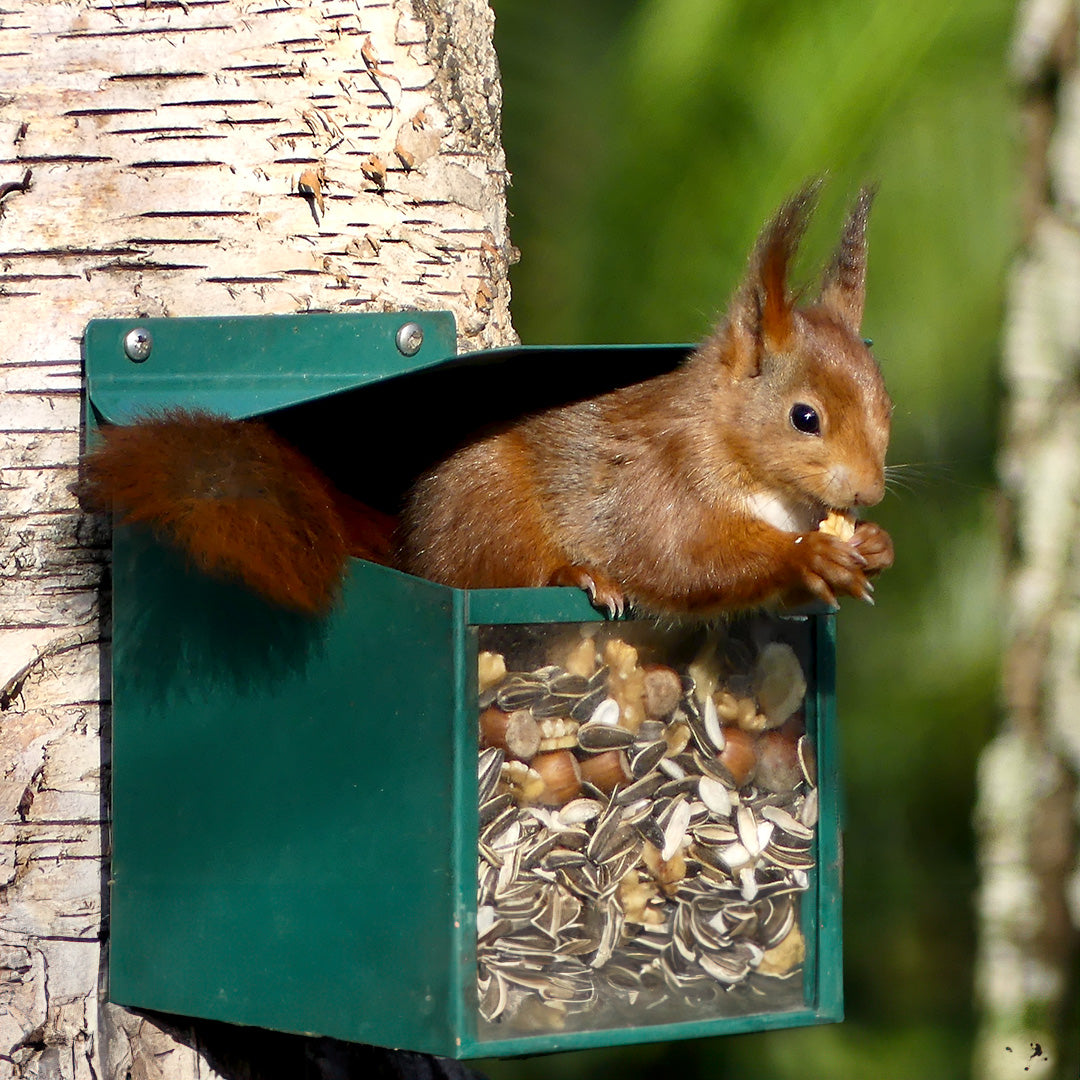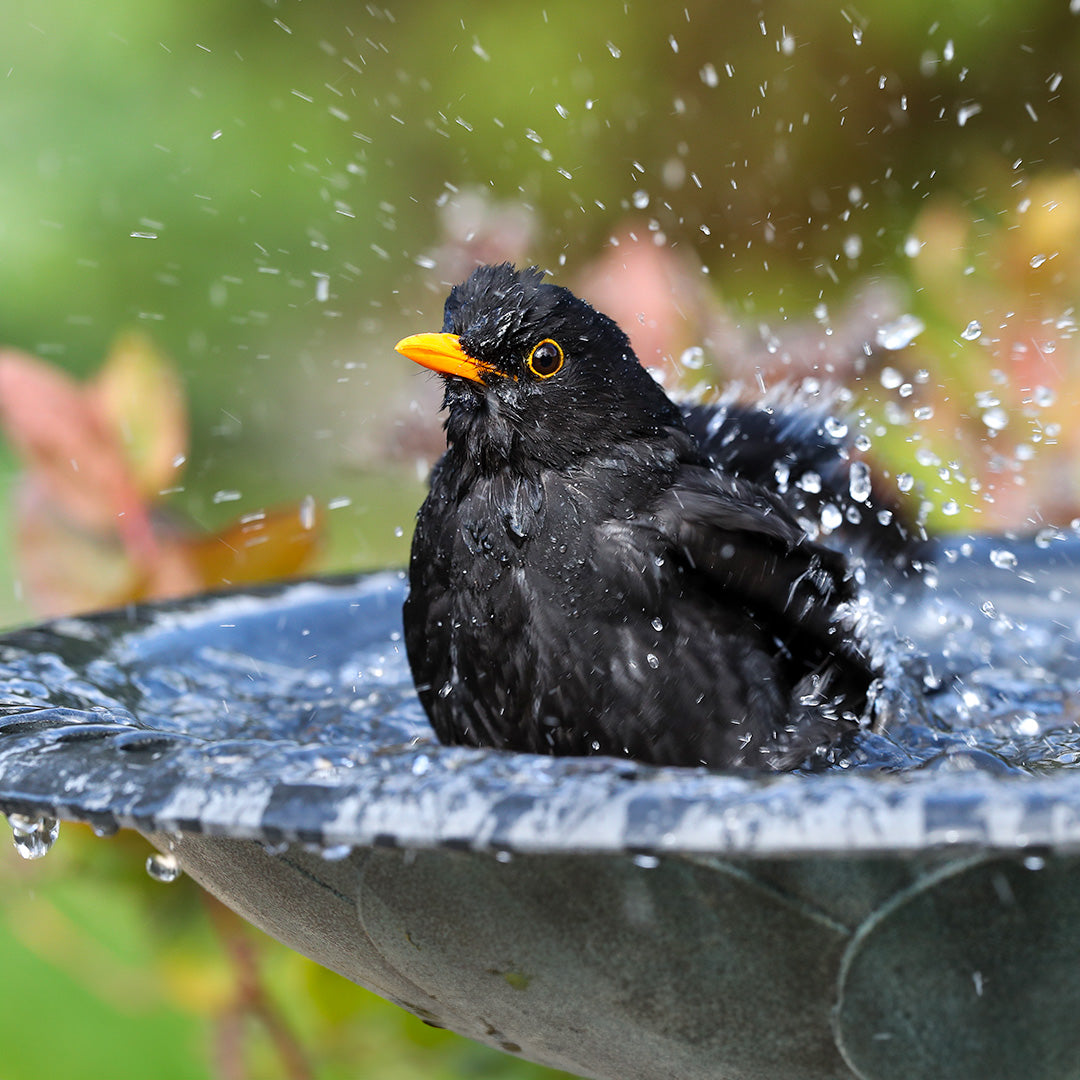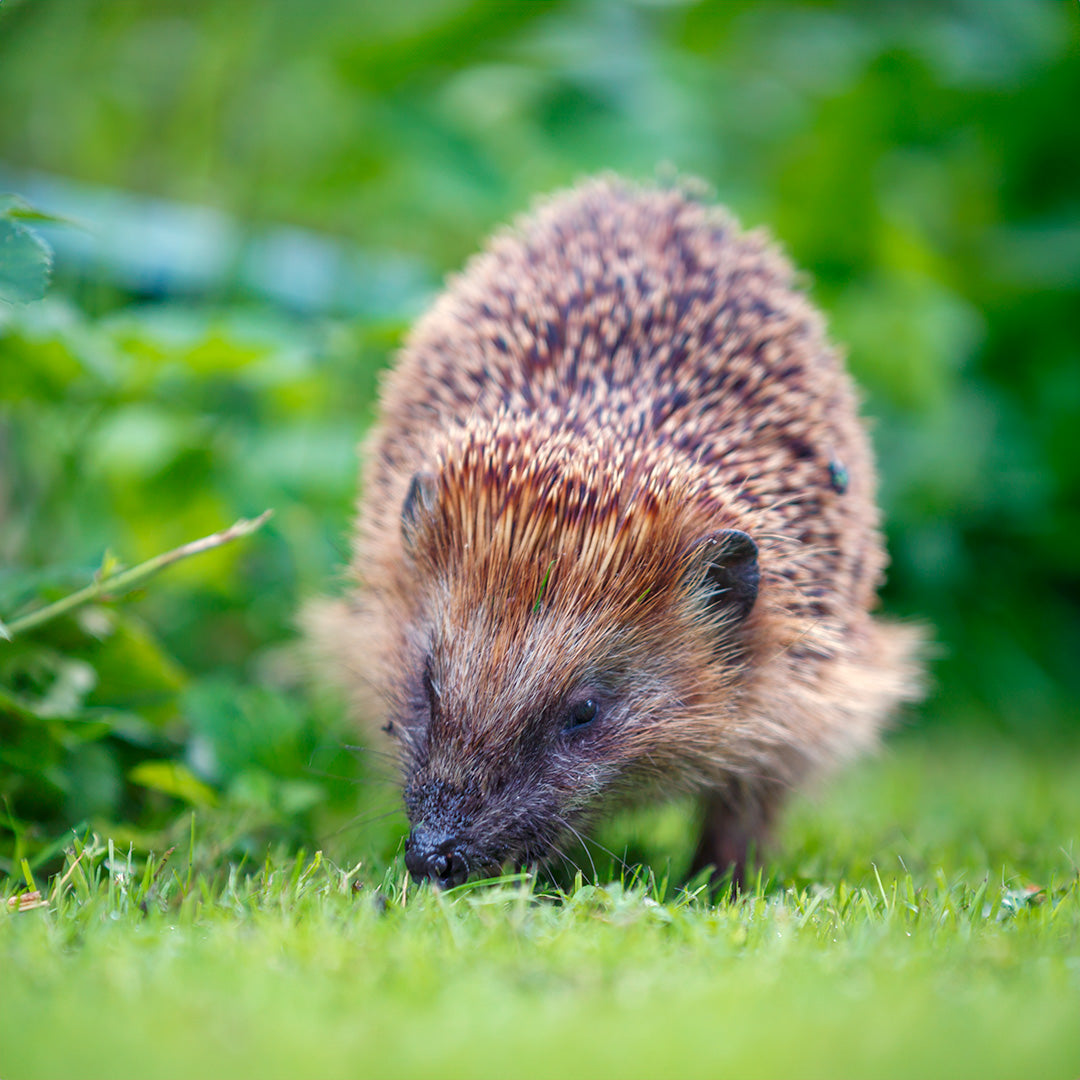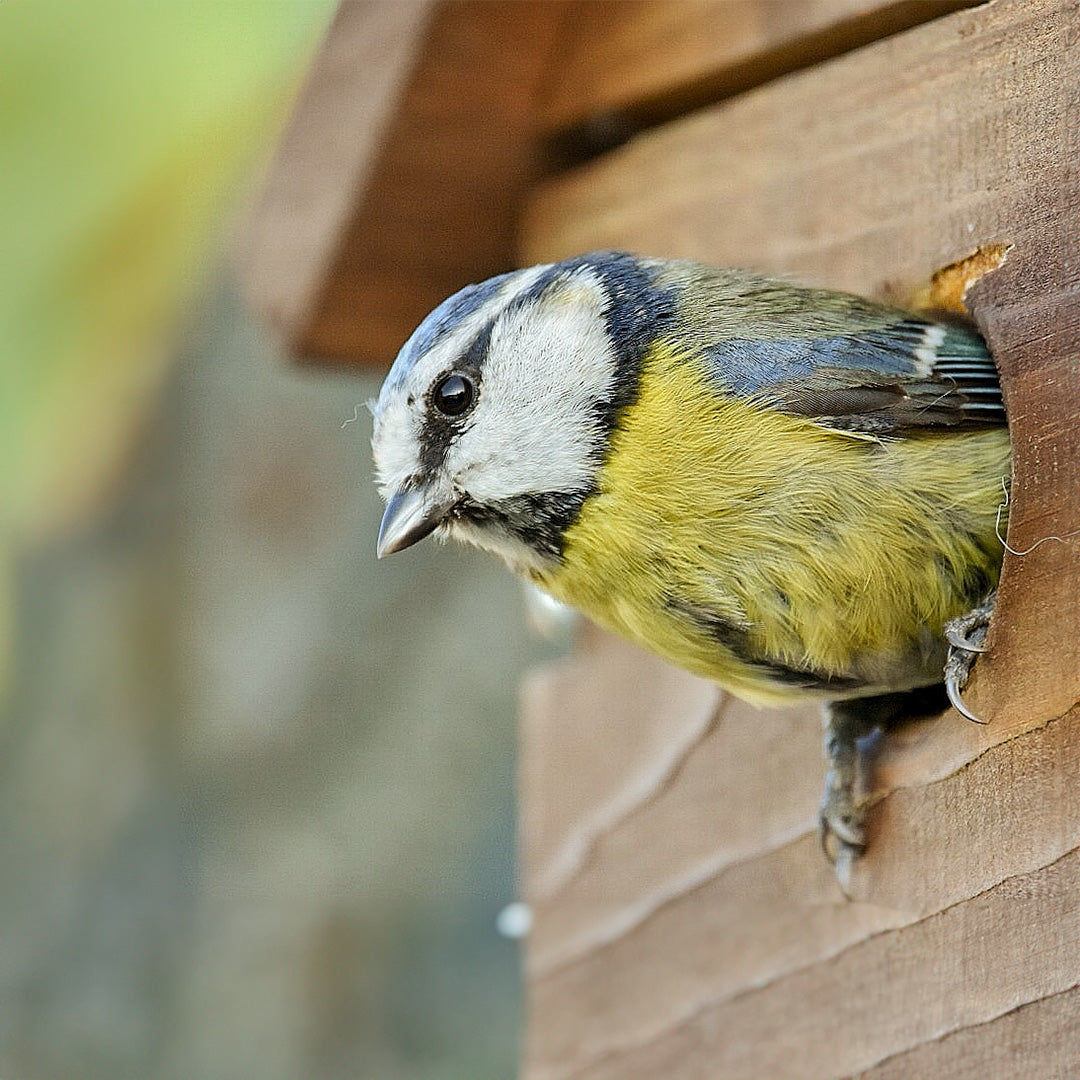Guest Blog - Author Bio
The British Trust for Ornithology (BTO) are a non-governmental, non-campaigning organisation focused on securing the future for birds and nature. Recent research shows that blue tit numbers are down, probably due to 2016’s wet summer.
The winter months are normally a busy time for Blue Tits in our gardens. However, the latest figures from the British Trust for Ornithology (BTO) show that numbers are down, probably due to 2016’s wet summer.
During the winter months a lack of food in the wider countryside encourages both adult and juvenile Blue Tits into our gardens, to make use of feeders. However, this November BTO Garden BirdWatchers reported the lowest numbers of Blue Tits in gardens since 2003. This is thought to be due to a lack of young birds this year.
The explanation for our missing birds can be found by looking back to the early summer. The wet weather across the breeding season, particularly in June, would have made it difficult for the adults to feed themselves and their chicks. Normally we would expect to see large numbers of newly fledged young come into gardens to seek food, but in 2016 BTO Garden BirdWatch results show the lowest numbers of Blue Tits in August for eight years. This indicates that fewer young birds survived than usual in 2016. These findings are supported by the preliminary results from the BTO Nest Record Scheme (NRS) and Constant Effort Sites Scheme (CES) which found that Blue Tits had their worst breeding season on record.

Will the poor breeding season affect the number of Blue Tits we see in gardens throughout the rest of the winter and indeed affect the number of breeding adults in the Spring? The BTO would like your help to continue monitoring their fortunes.
Claire Boothby, of Garden BirdWatch at the British Trust for Ornithology, said, “The Garden BirdWatch survey allows us to better understand garden birds and other wildlife and we’ll be waiting to see how Blue Tits fare this winter. We would welcome information from garden birdwatchers about what is happening in their gardens.
To help the BTO monitor garden birds and take part in Garden BirdWatch please visit www.bto.org/gbw, or get in touch by emailing gbw@bto.org or telephoning 01842 750050 (Mon-Fri 9:00am-5:00pm).
Related Internet Links:British Trust for OrnithologyBTO Garden BirdWatchArk Wildlife is not responsible for the content of external websites
Related Internet Links


